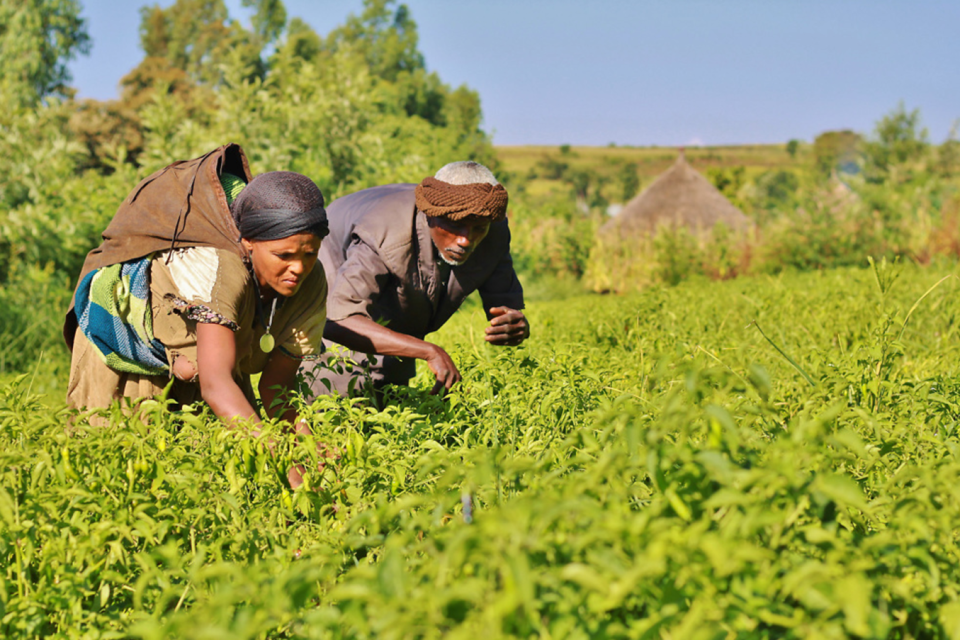Meet the woman using photography to tackle climate change

Human brains simply aren’t wired to handle the threat of climate change. At least, that’s according to recent research. It’s too far in the future for us to conceive of, say scientists – it’s too abstract, too scary.
That’s where photographer Lisa Murray comes in.
“Photography just has so much more of an impact,” Murray, from Cornwall, tells The Independent. “Research will never be able to create the human connection images do.” However, Murray goes one further than other photographers. Her work showcases the effects of climate change in places from Vietnam and Indonesia to South Sudan and Ethiopia. But rather than concentrate on weather patterns or land, her images focus on the people affected.
It’s never been a more timely idea. As the US appoints an ardent climate change denier to head the Environmental Protection Agency and scrubs its websites of existing facts and statistics, other parts of the world have accepted the hard data that’s a part of everyday life – and have been battling the effects of climate change head-on for decades. “The way the locals talk suggests it’s got worse as time goes on,” Murray explains. “They’ve noticed changes for the past 10 to 20 years, and the last five or so have been quite severe.”

For the past two decades, millions of people have been enduring changing environments, struggling to make do in the process. “The thing about climate change is that it affects everything – water, agricultural production, health, gender relations, infrastructure,” says Murray, who tries to talk to everyone she meets on her travels. “I remember one time I was in Ethiopia when the rains hadn’t come yet. Everyone was so nervous; they were just going to up and leave if it didn’t rain because they had no choice.”
But it’s her work in South Sudan that’s even more vivid. “My team and I met two Dinka women walking along a dirt road. They had no shoes and were skin and bones. It turns out they were both widows and had been walking for three hours to find something to eat – there was no food in their village. They showed us their bags, and they each had a handful of leaves. ‘This is what we have to eat,’ they told us.
“And the thing is, there’s so much fertile land in South Sudan. It’s lush, not overpopulated. There’s so much potential. Only four per cent of arable land is cultivated at any one time. Less than two per cent of roads are paved, and less than one per cent of people have electricity. They’re not adapting.”
On assignment, Murray tries to live this local lifestyle to the extent that she’s allowed or able. “It was my birthday, and I thought it would be interesting to spend it in the Afari village in the lowlands of Ethiopia,” she recalls. “I stayed in this tiny mud hut with this lovely woman there – she was telling me about how horrific the war was, and I was asking her about her daily habits. When she cooked, when she took care of the kids, when she slept. Her response? ‘We Afari women only sleep when we die.’ I woke up with bedbugs that morning.”

Luckily, happier moments pepper the days, too. “I do this elastic band trick, where I sort of evaporate the band into thin air, but I had to stop doing it in the villages because people were getting freaked out. Like, ‘This girl is actually magic!’”
Those “happier moments” are emerging on a global scale as well. Lisa has partnered with organisations such as Oxfam, Farm Africa and the Rockefeller Foundation, and people’s attentions are shifting. “NGOs are taking on massive endeavours,” she says. “In Ethiopia, there’s a focus on providing alternative livelihoods. In the Mekong Delta, they’re implementing early warning systems to detect sea level rise and teaching farmers to adopt climate-smart agricultural practices. In South Sudan, the focus is on shifting people away from an aid dependency culture and encouraging people to plan for the future, something the Dinka haven’t traditionally needed to do.
“But the important thing about addressing climate change is getting every sector working together and mainstreaming the policies, and that’s ultimately what needs to happen. Climate change is complex and there’s no magic bullet. It has to be a holistic approach.”

Documenting what the World Food Programme calls the “worst humanitarian crisis since 1945” while the US strives to roll back environmental sanctions, it’d be easy to assume Lisa’s entire worldview has shifted, but she insists that’s not entirely true. “My family travelled between England and Ghana when I was a teenager. I always knew the West was the way it was. The only way I feel changed is that I’m definitely more empathetic.”
Her next steps? “I’m using Kenya as a base now. I want to offer people photography, images for appeals, human interest stories, raise funds, tell these stories and show how people benefit from these programmes. But it’s all an adventure and I don’t really know. I’m excited.”
Check out Lisa’s work on her website, or follow her on Instagram @lisajanemurray

 Yahoo News
Yahoo News 
